Business Models and Metrics
Costs associated with different business models
Caena
Last Update 4 years ago
For any business to sustain and scale, it has to know and work around its profit margin. While different industries have different profit margins, knowing the Cost of Goods Sold (COGS) is a common deciding factor in all to calculate those margins. Every business model is unique and has varying types of inputs that make up the final product.
There are two types of costs that any business would incur:
Direct Costs - A cost that can be directly tied to a product or service which falls under COGS.
Indirect Cost - Everything that does not fall under direct costs would be an indirect cost, which is frequently referred to as Overhead Expenses, commonly know as SG&A. (Selling, General & Administrative)
We will be looking at how different business models face different costs in both direct and direct costs.
Software as a Service (SaaS)
Software companies are generally known to have a much lower cost of good sold (COGS) when compared to other businesses. Service oriented businesses as a whole have much higher gross profit margins since there is very little to manufacture.
There are a few common expenses under COGS that SaaS business can expect to incur such as:
1. Hosting Costs.
2. Labor costs related to keeping the production environment running.
3. Cost of any third-party software or data that is embedded in the final product.
4. Web development costs.
5. Labor costs for customer support/success of the application.
6. Other direct employee costs required to delivering the ongoing service.
Operational Expenses (SG&A) for SaaS companies:
Sales & Marketing expenses as a % of revenue would typically be higher over the early stages of a company’s lifecycle as they are in the expansion phase and are actively building out their sales organization and are actively promoting their product.
The amount spent as a % of revenue would depend on how aggressively the business would want to promote their product. An important factor to keep in mind here is that efficiency and return of the efforts put in are important. The business should constantly track and make sure that their marketing efforts are converting into sales.
Research & Development is another area that would depend on the business itself and whether they are looking to introduce new products or improve existing ones. For early stage businesses, this would be a cost to account for as they work on improving their MVP.
General & Administrative expenses are incurred in the day-to-day operations of a business and may not be directly tied to a specific function or department within the company. Below are a few examples of G&A expenses:
1. Operational overheads
2. Rent
3. Utilities
4. Insurance
5. Legal fees
Online Marketplaces
An online marketplace is an e-commerce site that connects sellers with buyers. It’s often known as an electronic marketplace and all transactions are managed by the website owner.
The main responsibility of the business running the marketplace would be to ensure that its clients are able to conduct their business smoothly without any interruptions and that they have access to enough features that allow them to get about doing so. They also need to attract new buyers and sellers to use their platform, thereby expanding the marketplace and creating greater value.
Some of the basic direct and indirect costs associated under this business model:
COGS
1. Cost of Direct Labor.
2. Costs of setting up website, domains, API's, etc.
2. Costs from third party platforms that handle payments.
3. Direct overheads to maintain online platform.
Operating Expenses or SG&A
1. Sales and Marketing.
2. Indirect Overheads.
3. Legal costs.
4. Platform maintenance costs
Retail / Wholesale
For retail business there are a lot more costs involved as compared to SaaS or online marketplaces since they are offering a physical product. Yet, some of those costs, like rent for example, could be minimized if the business operates purely as an online retailer.
The most common expenses under COGS for retail/wholesale businesses are the following:
1. Direct Labor.
2. Costs through third party tie ups.
3. Direct Overhead Expenses.
Operating costs or SG&A for retail/wholesale businesses would be all the costs that are not directly involved in the manufacturing of the products being sold. The most commonly incurred costs here are:
1. Rent
2. Indirect Overheads
3. Indirect Labor
4. Distribution and Logistics costs.
5. Sales and Marketing
6. Security and Legal
Manufacturing
The manufacturing industry has its fair share of costs associated with it as well. Manufacturing business would usually produce a finished product. As a result, this business model would see rather high direct costs. Manufacturers would usually sell their finished goods to wholesale buyers and retailers. In some cases the manufacturer may be the retailer as well.
COGS
1. Direct Labor
2. Raw Materials
3. Machinery
Operating costs or SG&A
1. Overhead Expenses.
2. Indirect Labor.
3. Security and Legal expenses.
4. Distribution and Logistics
Research & Development would be a cost that manufacturing businesses would see as they grow since they would need to improve on their existing products or come up with new ones in order to remain competitive. There is no exact figure as to how much this would be as it would depend on how the business itself.

